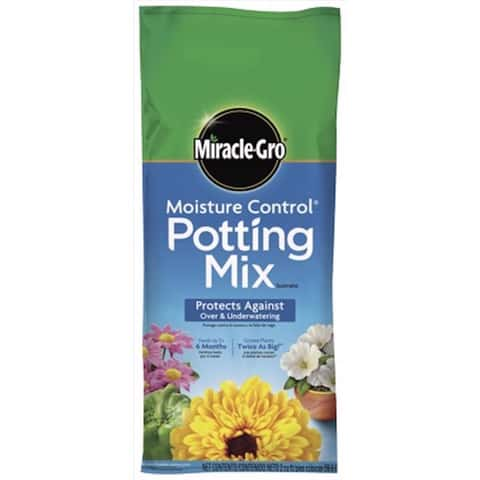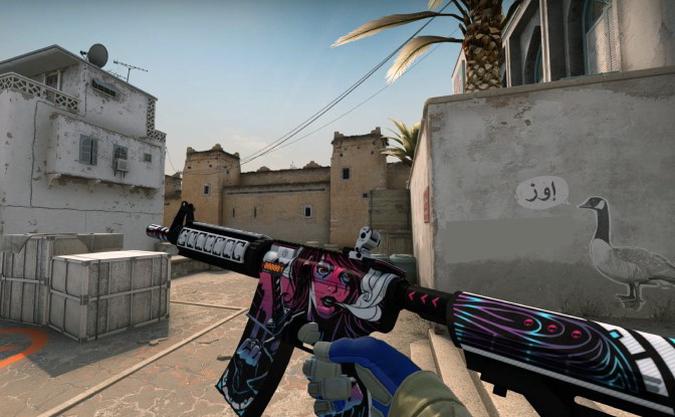Golf hitting mats are essential for any golfer looking to improve their swing and practice their game at home. With a wide range of options available, finding the perfect mat can be overwhelming, especially when considering budget constraints. However, investing in a high-quality hitting mat can significantly enhance your practice sessions, providing a realistic feel that closely mimics the experience of playing on a real golf course. When selecting a golf hitting mat, one of the key factors to consider is the material. Most high-quality mats use a combination of synthetic grass and rubber to create a surface that simulates the feel of natural turf. These mats are designed to absorb impact and reduce the strain on your wrists and elbows, which is especially important if you are practicing frequently. Look for mats with multiple layers, as these tend to offer better durability and a more authentic experience.
For those on a tighter budget, there are still plenty of options that deliver excellent performance without breaking the bank. Basic mats often use less advanced materials but can still provide a solid practice surface. They may lack some of the features found in higher-end models, such as built-in tees or shock absorption, but they can be a great starting point for beginners or casual golfers. If you are willing to invest a bit more, consider golf mats that come with additional features like adjustable tee heights or alignment guides. These can help you refine your technique and ensure you are practicing with proper form. Some mats are designed to accommodate different types of clubs, which is beneficial if you want to practice with your driver, irons, and wedges. Additionally, mats with a more advanced surface composition, such as those incorporating foam or gel layers, can provide a more realistic feel and better simulate the conditions of a real fairway.

Another aspect to consider is the size of the mat. Larger mats offer more room to practice your swing and can be particularly useful if you have space to accommodate them. However, if you are limited on space, there are compact options available that still provide a good practice experience without taking up too much room. Portable mats are also a great option for those who want to practice at different locations, such as in the backyard or at a friend’s house. Ultimately, the best golf hitting mat for you will depend on your specific needs and budget. Whether you are looking for a high-end model with all the bells and whistles or a more budget-friendly option that still delivers a great practice experience, there is a mat out there that can meet your requirements. By investing in a quality hitting mat, you can ensure that your practice sessions are effective and enjoyable, helping you to improve your game and get the most out of your time on the course.











